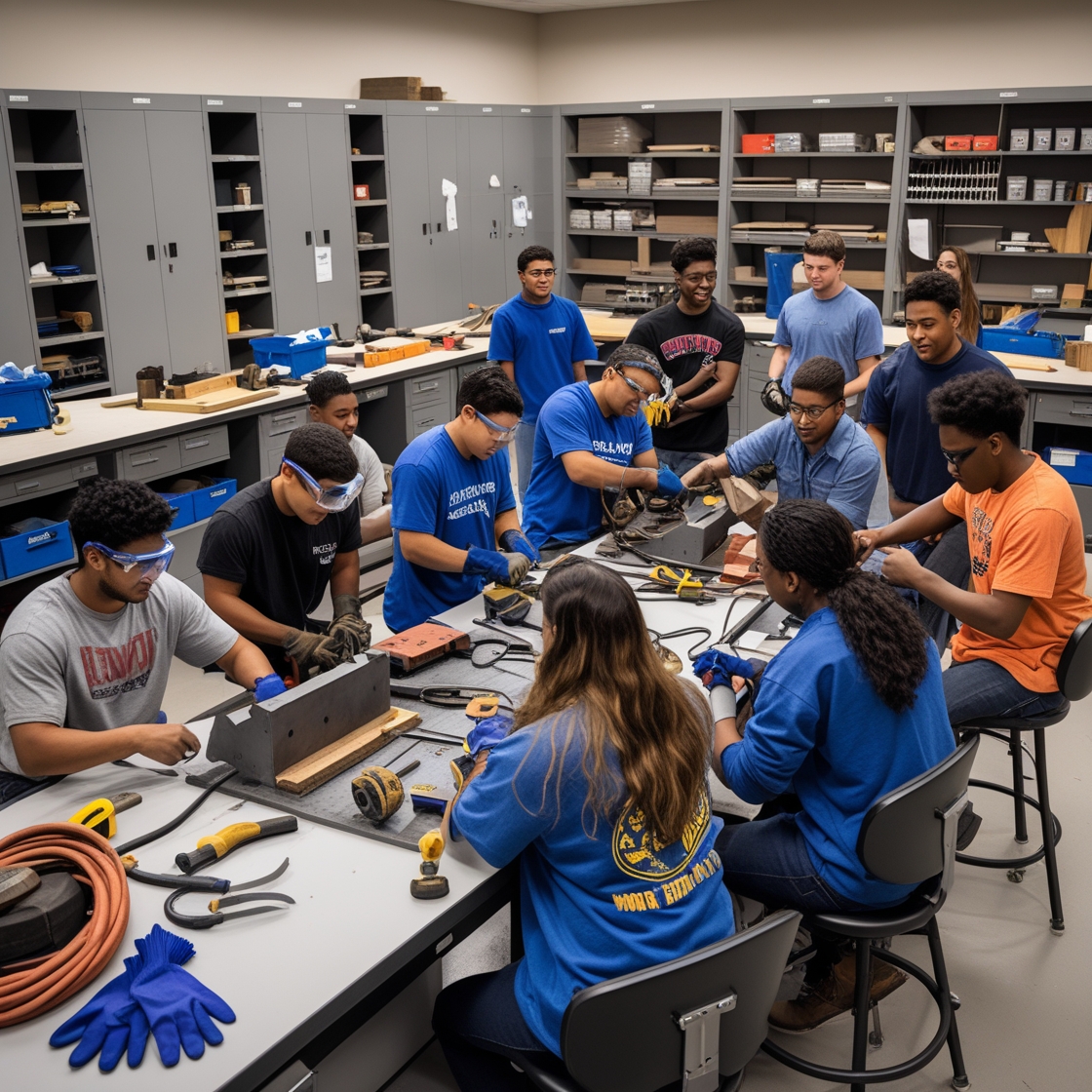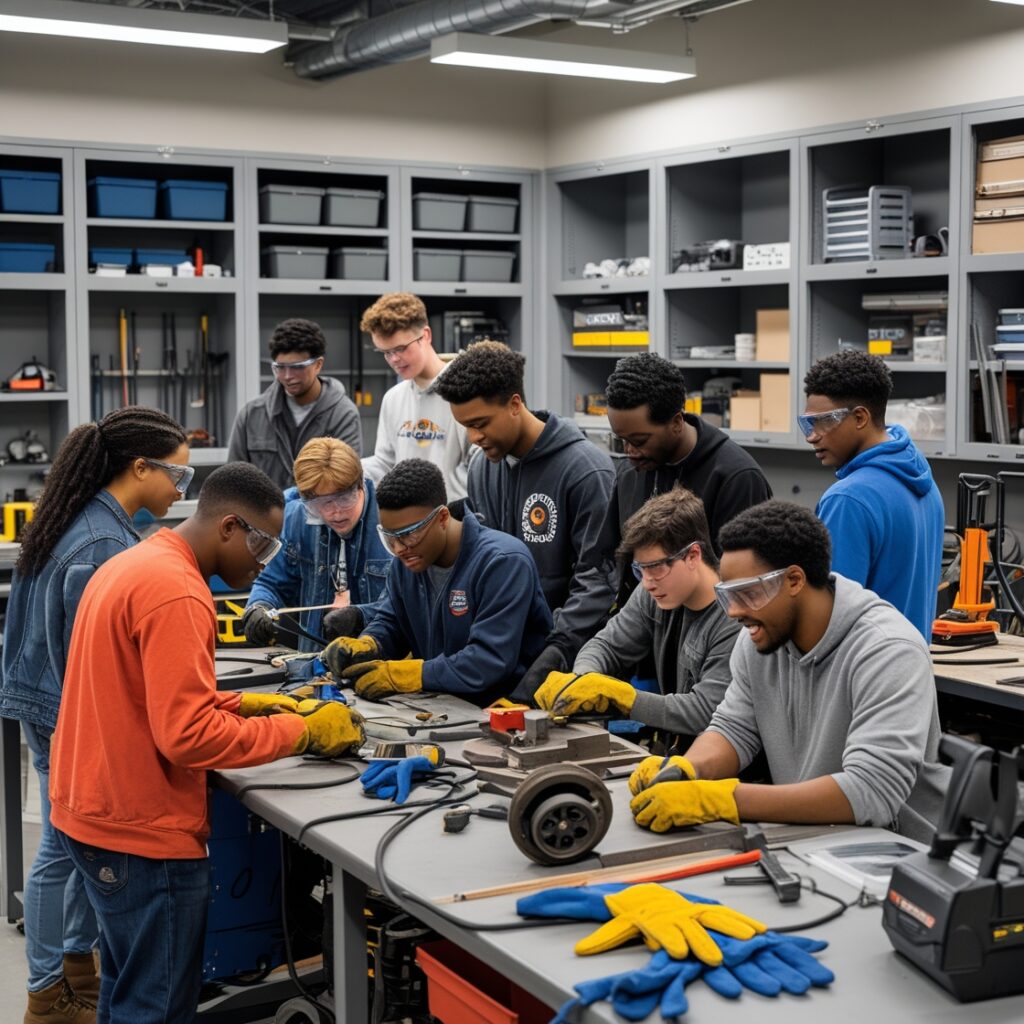In recent years, the traditional pathways to career advancement—four‑year degrees and multi‑year graduate programs—have been complemented and, in some fields, disrupted by micro‑credentials and intensive bootcamps. These accelerated learning models promise focused, practical skills that align closely with employer needs, often at a fraction of the time and cost of conventional degrees. This comprehensive guide explores seven critical dimensions of this emerging ecosystem: definitions, historical context, program models, industry alignment, learner outcomes, challenges, and future trends.
Understanding Micro‑Credentials and Bootcamps: Definitions & Distinctions
Micro‑credentials are short, skill‑specific certifications—digital badges, certificates, or nanodegrees—awarded upon demonstrated competency in a narrowly defined area (e.g., data analysis, UX design). Bootcamps are immersive, cohort‑based training programs—typically 8–24 weeks—focused on high‑demand fields like software development, cybersecurity, and digital marketing. While both models emphasize practical application and rapid upskilling, micro‑credentials can be stackable and self‑paced, whereas bootcamps offer structured, instructor‑led experiences.
Historical Evolution: From MOOCs to Industry‑Led Academies
The roots of micro‑learning trace back to Massively Open Online Courses (MOOCs) around 2012. Early MOOCs from Coursera, edX, and Udacity offered free university‑level lectures, but faced low completion rates and skepticism about credential value. By 2015, platforms began partnering with employers to create paid, project-based certificate programs—Udacity’s nanodegrees and Coursera’s Professional Certificates. Simultaneously, independent bootcamps like General Assembly (2011) and Hack Reactor (2012) emerged, offering career‑focused curricula and employer pipelines.
Program Models: Delivery, Duration & Curriculum Design
Delivery Formats:
- Online Self‑Paced: Learners progress on their own schedules, ideal for working professionals.
- Live Virtual: Real‑time classes via video conferencing, fostering peer interaction.
- In‑Person: Campus or co‑working spaces offering immersive, hands‑on labs.
Typical Durations: Micro‑credentials range from 4 hours to 6 months. Bootcamps span 8–24 weeks, often requiring 40+ hours per week.
Curriculum Components:
- Foundational Theory: Core concepts and terminology.
- Project Work: Real-world simulations—web apps, data dashboards, security audits.
- Career Services: Resume workshops, mock interviews, employer networking.
Industry Alignment: Employer Partnerships & Hiring Outcomes
Leading bootcamps and micro‑credential providers collaborate closely with tech firms, financial institutions, and healthcare organizations to shape curricula. Companies like Google, IBM, and Amazon sponsor certificate programs on Coursera, guaranteeing that course content reflects current job requirements. Many bootcamps offer job placement guarantees—refunds or extended training if graduates do not secure relevant roles within a specified timeframe. Reported placement rates often exceed 70–80% within six months of graduation.
Learner Demographics & Motivations: Who Benefits Most?
Participants are typically early-to-mid career professionals seeking pivot into tech roles, recent college graduates needing specialized skills, or individuals facing economic displacement. Surveys indicate that 60% of bootcamp students hold a bachelor’s degree, while 25% have no prior tech background. Motivations include rapid employability, cost-effectiveness (bootcamps average $10,000–$15,000), and flexible learning modalities.
Measuring Success: Outcomes, Credential Recognition & ROI
Key Metrics:
- Completion Rates: Bootcamps report 80–90%, significantly higher than MOOCs.
- Employment Outcomes: Average starting salaries for bootcamp graduates range from $50,000–$80,000, depending on location and specialization.
- Credential Stacking: Learners often combine multiple micro‑credentials to build comprehensive skill portfolios.
Employer Recognition: While some industries acknowledge micro‑credentials and bootcamp certificates on par with university courses, others remain skeptical. Partnerships with accredited universities and industry bodies (e.g., CompTIA, ISC2) enhance credibility.
Challenges & Criticisms: Quality, Equity & Accreditation
Critics raise concerns about:
- Quality Control: Rapid program proliferation leads to variable quality; not all providers maintain rigorous standards.
- Equity & Access: High upfront costs and time commitments may exclude underrepresented populations.
- Lack of Standardization: No universal accreditation body for micro‑credentials or bootcamps, complicating employer evaluation.

Efforts like the Postsecondary Credential Framework by the American Council on Education aim to address these gaps by defining competency levels and credit equivalencies.
Future Trends: Lifelong Learning Ecosystems & Policy Support
As the half-life of technical skills shortens, continuous upskilling becomes imperative. Universities are launching micro‑credential stacks that articulate into degree programs, while government initiatives—such as the U.S. Department of Education’s Experimental Sites Initiative—explore federal aid eligibility for non‑degree credentials. EdTech innovations like AI-driven personalized learning paths and blockchain-secured credential verification are poised to enhance transparency and learner engagement.
Choosing the Right Path for Your Career
Micro‑credentials and bootcamps represent agile, employer‑driven responses to rapidly evolving labor markets. For those seeking focused, practical skills and faster time‑to‑employment, these models offer compelling alternatives or complements to traditional degrees. Evaluate programs based on curriculum alignment, instructor expertise, placement support, and cost. By strategically leveraging micro‑credentials and bootcamps within a broader lifelong learning strategy, you can future‑proof your career in an accelerating world of work.








